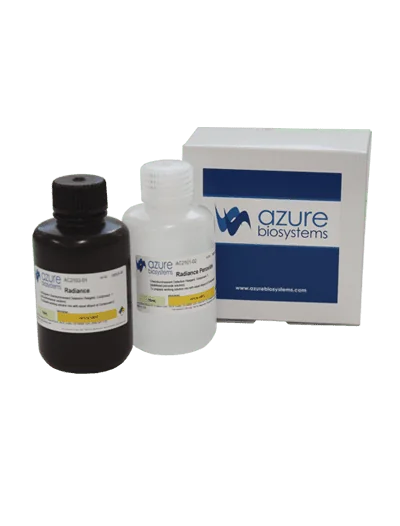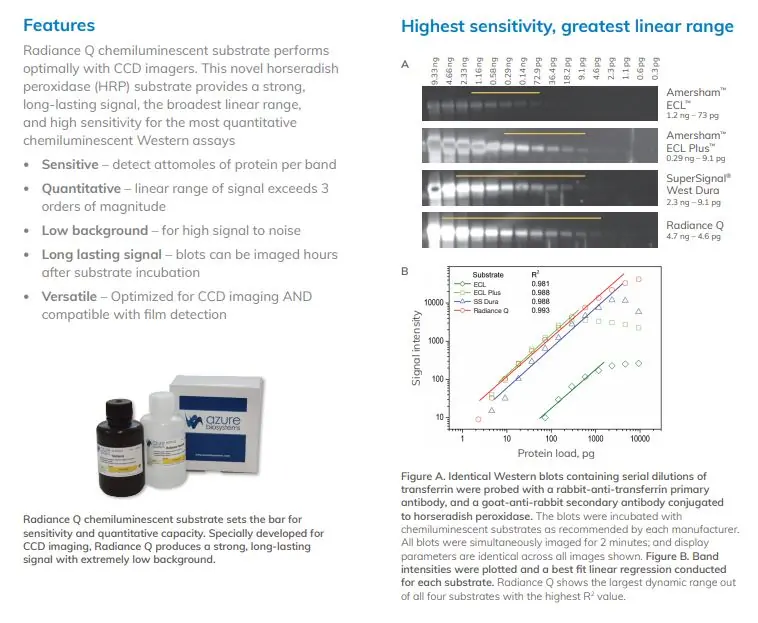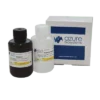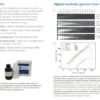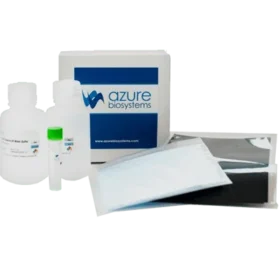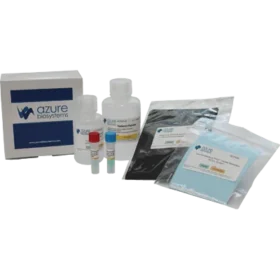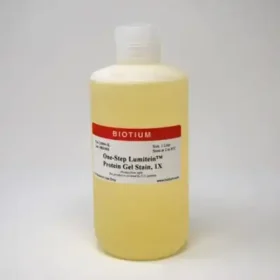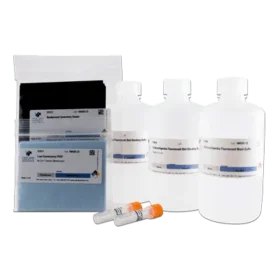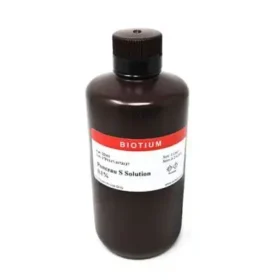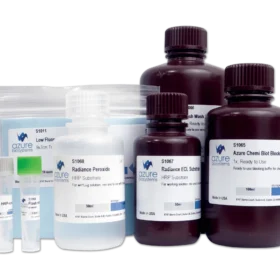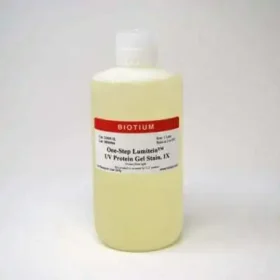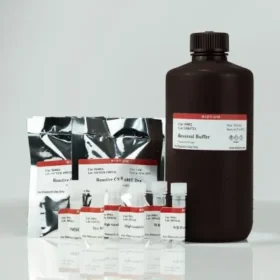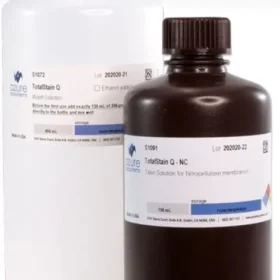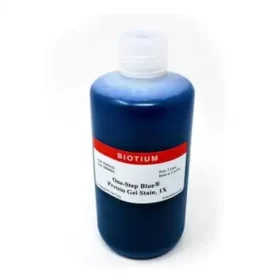Radiance Q (150mL)
$246.00
Add to cart
Chemiluminescent substrate for quantitative chemiluminescent Westerns
Increase the sensitivity and quantitative accuracy of your chemiluminescent Western blots. Specially developed for CCD imaging, Radiance Q produces a strong, long-lasting signal with extremely low background, perfect for detecting low abundance proteins. Because the substrate is not depleted at high protein loads, Radiance provides the largest dynamic range of any chemiluminescent substrate, improving quantitative accuracy.
• Extended dynamic range for detecting low and high abundance proteins within the same blot
• Compare performance to SuperSignal West Dura and Amersham ECL Prime
• Sensitivity in mid femtograms
• Signal duration 10-24 hours
Product literature
Which Substrate is Right for You?
Azure Biosystems Western Blotting Workflow
Application Note – Why You Should Leave the Darkroom
Application Note – How to Improve Your Chemiluminescent Western Blots
Protocol and product insert
safety data sheets
Radiance and Radiance Plus Peroxide SDS
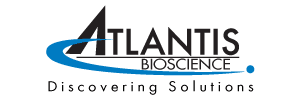
 简体中文
简体中文 繁體中文
繁體中文 English
English 한국어
한국어 ไทย
ไทย Tiếng Việt
Tiếng Việt